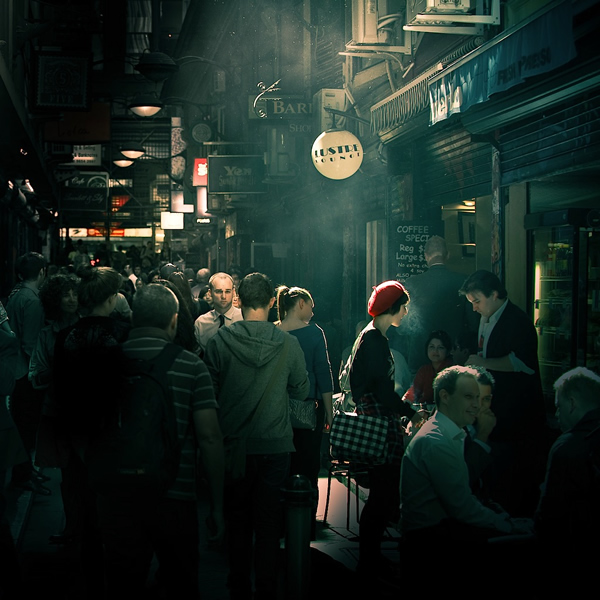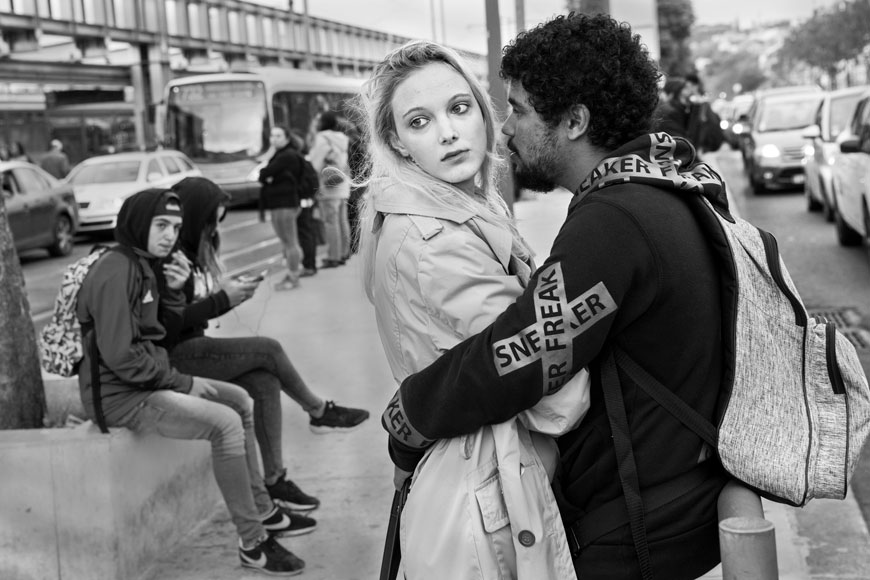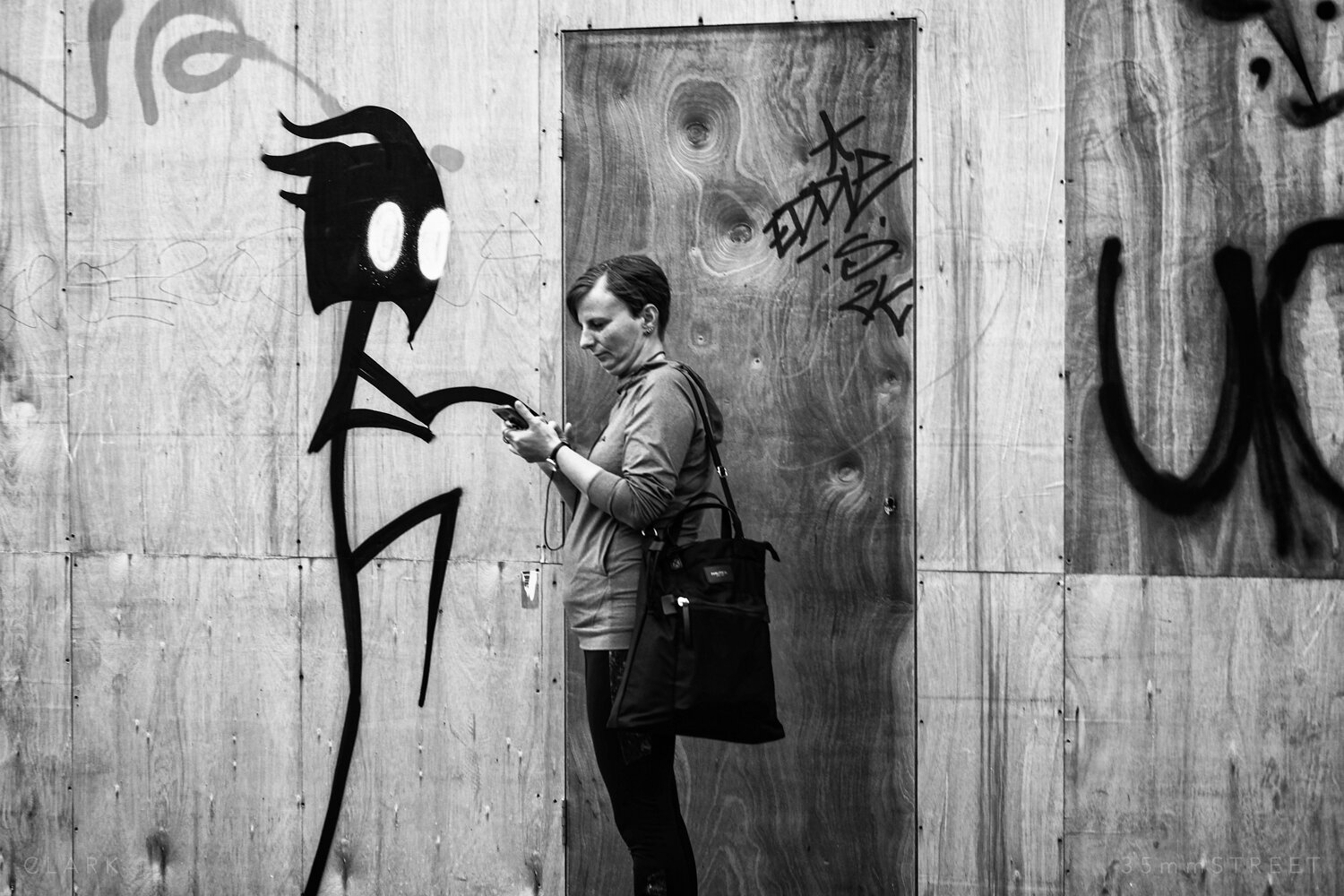Street Photographers for Dummies
Street Photographers for Dummies
Blog Article
Things about Street Photographers
Table of ContentsThe Facts About Street Photographers UncoveredA Biased View of Street PhotographersThe 20-Second Trick For Street PhotographersThe 15-Second Trick For Street PhotographersThe 6-Minute Rule for Street Photographers
, a style of photography that documents day-to-day life in a public area. The very publicness of the setting enables the professional photographer to take candid photos of strangers, commonly without their expertise. Road digital photographers do not always have a social purpose in mind, but they favor to separate and capture moments which could otherwise go undetected.He was affected by many of those who affected the road photographers of the 1950s and '60s, he was not mainly interested in catching the spirit of the road., who worked side by side with professional photographers trying to record the essence of urban life.
As a result of the relatively primitive innovation offered to him and the lengthy direct exposure time called for, he struggled to capture the hustle and bustle of the Paris streets. He explored with a collection of photo methods, attempting to find one that would allow him to capture movement without a blur, and he found some success with the calotype, patented in 1841 by William Henry Fox Talbot. In comparison to Atget, professional photographer Charles Marville was worked with by the city of Paris to develop an encyclopaedic paper of Haussmann's city preparation job as it unfolded, thus old and new Paris. While the photographers' subject was basically the very same, the outcomes were substantially various, showing the effect of the professional photographer's intent on the character of the images he generated.
The Single Strategy To Use For Street Photographers
Provided the great high quality of his photographs and the breadth of product, architects and musicians frequently acquired Atget's prints to make use of as reference for their very own job, though industrial passions were hardly his major motivation. Instead, he was driven to picture every last remnant of the Paris he liked. The mingled passion and seriousness of his mission luster through, causing photographs that tell his own experience of the city, qualities that anticipated street digital photography of the 20th century.

Unlike his peers, Brassa used a larger-format Voigtlnder electronic camera with a longer direct exposure time, compeling him to be much more computed and thoughtful in his practice than he may have been if making use of a Leica. (It is thought that he might not have actually been able to pay for a Leica back then, but he did, nevertheless, make use of one in the late 1950s to take colour photographs.) Brassa's photographs of the Paris abyss brightened by synthetic light were a discovery, and the collection of the series that he published, (1933 ), was a major success.

The Greatest Guide To Street Photographers
It is due to this fundamental understanding of the art of photo taking that he is typically attributed with finding the tool all over again roughly a century considering that its invention. He took photographs for greater than a half century and influenced generations of digital photographers to trust their eye and instinct in the moment.
These are the questions I shall attempt to answer: And then I'll leave you with my own interpretation of road digital photography. Yes, we do. Let's kick off with defining what a definition is: According to it is: "The act of defining, or of making something certain, unique, or clear".
No, absolutely not. The term is both restricting and misleading. Sounds like a street photography ought to be photos of a streets right?! And all road digital photographers, with the exception of a handful of absolute newbies, will fully value that a street is not the vital element to street digital photography, and really if it's a photo of a road with possibly a couple of uninteresting people doing go to my blog nothing of interest, that's not road digital photography that's a photo of a street.
Our Street Photographers Ideas
He makes a valid factor don't you assume? Nevertheless, while I agree with him I'm not exactly sure "candid public digital photography" will capture on (although I do kind of like the term "honest digital photography") since "street digital photography" has been around for a very long time, with many masters' names connected to it, so I believe the find here term is right here to stay.
You can fire at the beach, at an event, in an alley, in a park, in a piazza, in a coffee shop, at a museum or art gallery, in a city station, at an event, on a bridge, under a bridge ...
Not known Facts About Street Photographers
Yes, I'm afraid we have no choice! Without rules we can not have a meaning, and without a meaning we do not have a genre, and without a style we do not have anything to define what we do, and so we are stuck in a "policies meaning category" loophole! - Street Photographers

Report this page